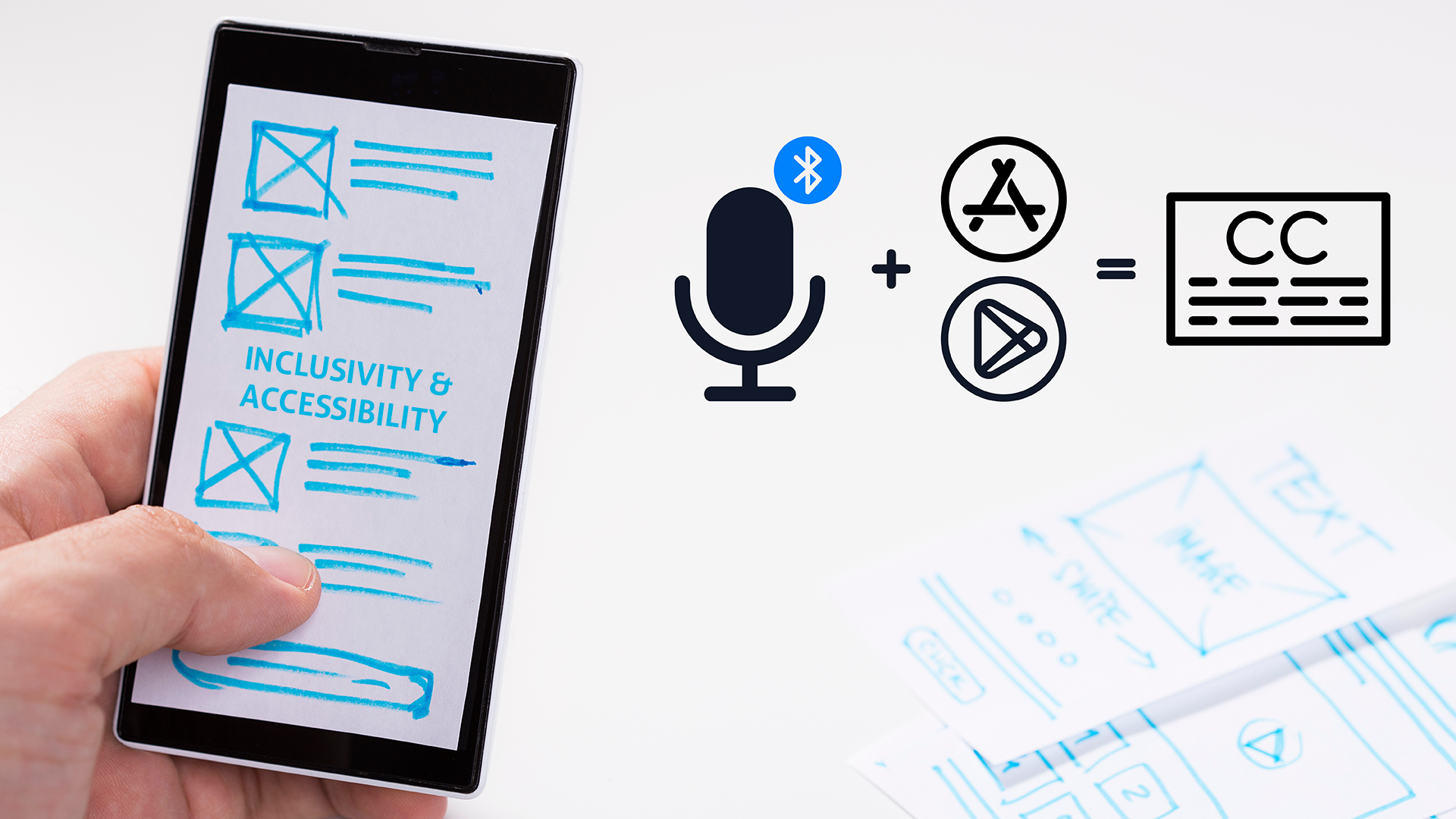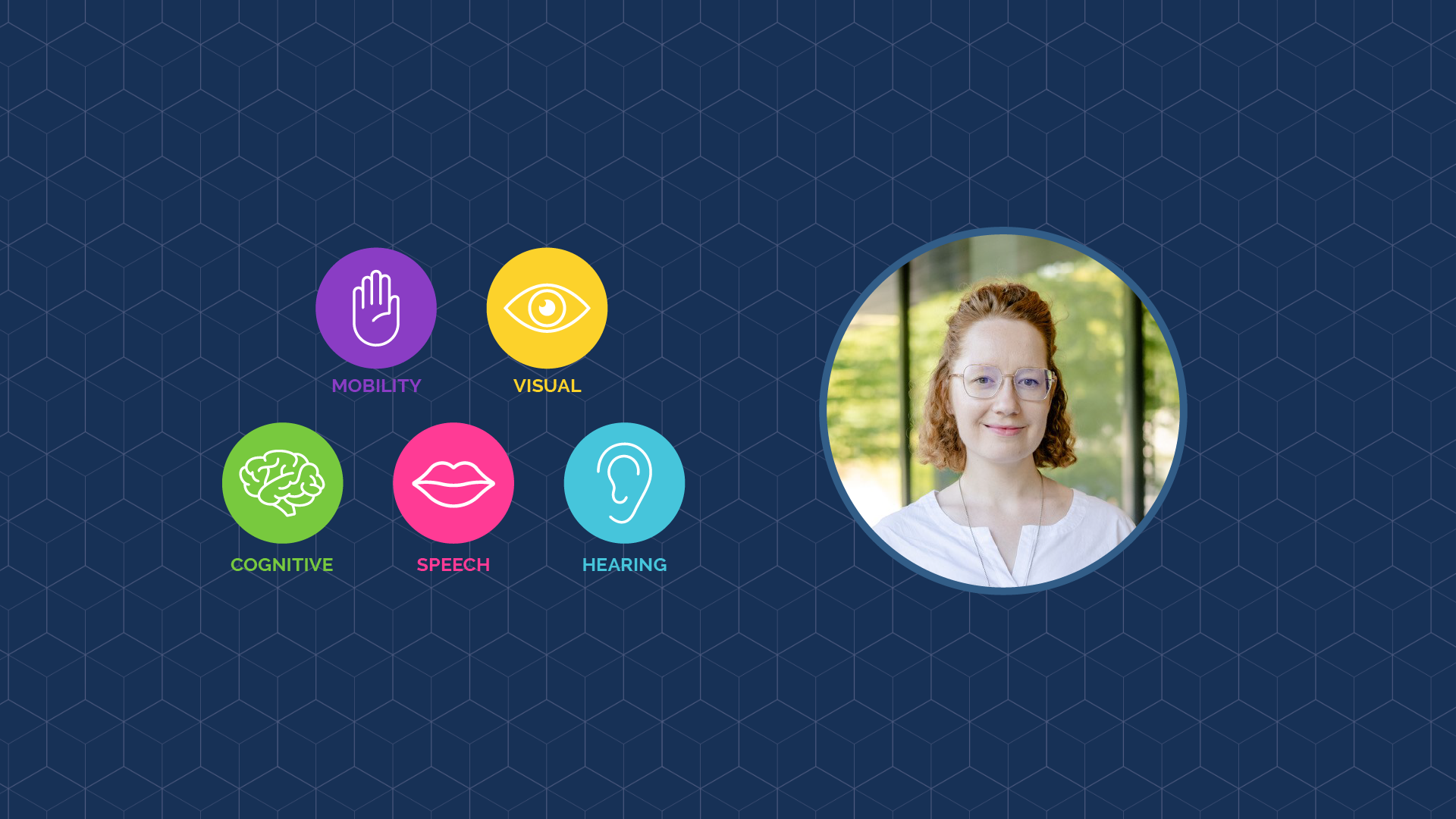Kathrin Heinrichs about inclusivity and accesibility in technology.
Digital technologies are becoming increasingly important in all areas of our lives. They offer a great opportunity to promote inclusivity, especially in terms of jobs, tools and remote working. Digitalization positively impacts inclusion. In addition, artificial intelligence can provide support.
Approximately 1.3 billion people, or one in six individuals worldwide, experience disabilities that affect their hearing, cognitive, mobility, speech, or neural functions. Given this significant number, it is crucial to find solutions that can improve the lives of these individuals. Accessibility is one such aspect that can help make their lives easier. This term often brings to mind the idea of making venues, showers, toilets, and other facilities more accessible for people who use wheelchairs. Accessibility is an important topic, especially for people with sight or hearing loss, when it comes to technological innovations. Technology can promote inclusion in schools, universities, workplaces, and all aspects of life.
Technological transformations, such as EdTech, can help overcome barriers to education. Not all facilities are specialized to meet the needs of every student, and some students face difficulties coming to school. EdTech provides access to education from home and facilitates communication with peers. Braille-enabled accessories, such as keypads, hearing aid-compatible headsets, sign language translating software, and text-to-speech tools, are just a few examples of how EdTech can help. Additionally, reading functions and subtitle options are available to provide more specific assistance.
Kathrin Heinrichs, a student studying social studies and working at Ruhr-University in Bochum, is striving to make events more accessible for the hearing disabled. She aims to achieve this by offering subtitles through an app that sends them from the sender to the receiver. The presenter speaks into the microphone as usual, and the audience can receive subtitles on their smartphone or tablet. This way, people with disabilities can understand what is being said at an event.
During our the interview, she explains how the technology works and how she came up with it. She also provides details on how to make the world more inclusive and which technologies can be used in everyday life.
What a great development! The app will be launched soon.
Dear Kathrin, how exactly does your application work and what technology do you use?
A Bluetooth microphone is paired with our app. The audience can download the app from the store. Once the app is installed on their device, it syncs with the speaker app. This allows the audience to receive live captions directly on their smartphone.

How did you come up with the idea and how did you implement it?
As someone who personally lives with deafness and can only hear with the help of hearing aids, I realized the importance of subtitles. This gave me the idea of using subtitles to significantly improve accessibility. This project is very close to my heart and I am looking forward to launching our product on the market soon.
Where there any hurdles in development?
No
Digital accessibility – how does it work?
With the advanced technology of artificial intelligence and other digital applications, we are now able to improve digital accessibility in various fields much more effectively than ever before.
What makes your everyday life accessible, what useful tools help you at university and in your daily life?
Until now, I have always used an FM system. This is a special microphone designed especially for people with hearing aids. The lecturers wear this microphone, which means I can understand a bit more acoustically than without an FM system.
I recently started using my app and I cannot live without it 😊
Where do you see potential for improvement?
Avatars that use sign language are an important aspect of digital applications. In Germany, there are only a limited number of sign language interpreters. The use of avatars that convert spoken language into sign language could significantly improve accessibility for deaf people.


